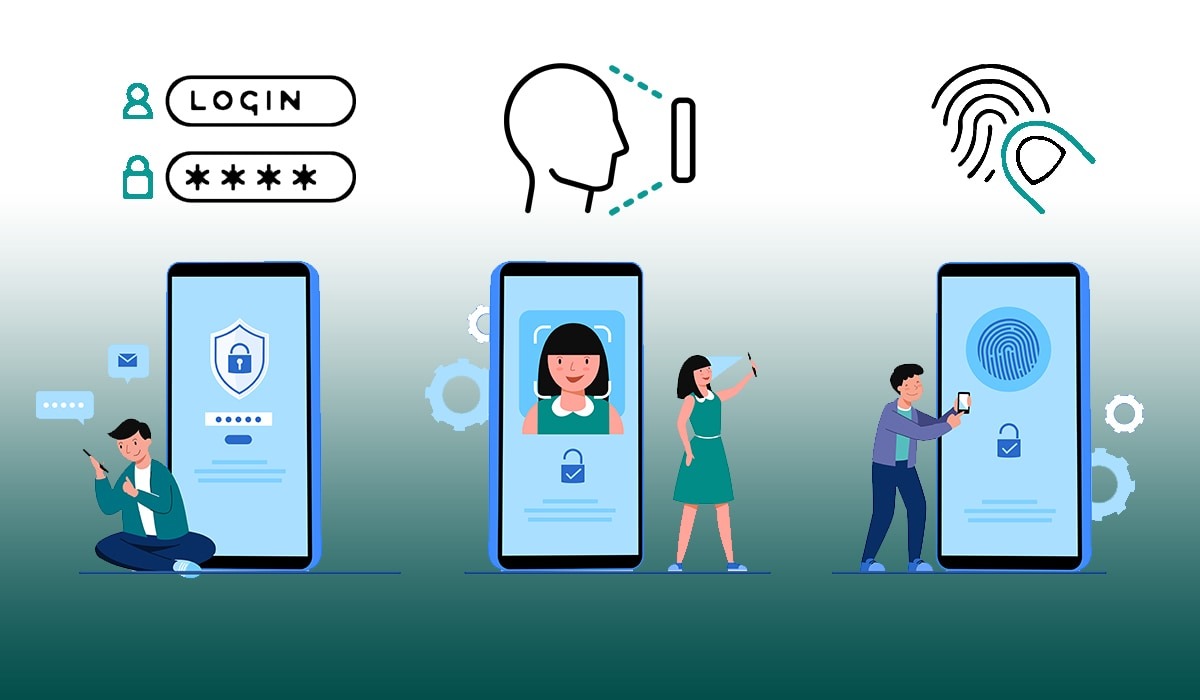Securing your social media accounts has become an essential task in today’s digital age. Many people do not realise how vulnerable their personal information can be if their profiles are left exposed. Taking the necessary steps to protect your online presence not only safeguards your privacy but also prevents misuse of your identity.
With hackers and scammers constantly finding new methods to infiltrate accounts, being proactive with security measures is crucial. Most platforms offer various tools and settings that, when correctly configured, can greatly reduce the risk of unauthorized access. Ensuring that your social media accounts are tightly locked down requires understanding and applying these tools effectively.

Adjust privacy settings to control who sees your posts and details (Photo: Getty Images)
1. Understand Your Privacy Settings
Begin by reviewing the privacy settings on each social media platform you use. These settings control who can view your profile, posts, and personal details. Many users leave their accounts open to the public, which allows anyone on the internet to access their information. Changing your profile visibility to friends only or a custom group can limit exposure to strangers.
Adjust your settings to restrict who can see your photos, contact information, and friend lists. Regularly checking for updates or changes to these privacy options is important since social media companies often modify them.
2. Enable Two-Factor Authentication
Adding an extra layer of protection through two-factor authentication (2FA) is highly recommended. This security measure requires a second form of verification, such as a code sent to your phone or an authentication app, each time you log in.
Even if someone manages to steal your password, they will still be unable to access your account without this additional code. Many platforms now make 2FA easy to set up and often encourage users to activate it. Using this feature can drastically decrease the chances of hacking.
3. Create Strong and Unique Passwords
Passwords are the first line of defense for your accounts. Creating strong passwords that are difficult to guess helps protect your information. Avoid common words, predictable patterns, or easily accessible personal details like birthdays.
Use a combination of letters, numbers, and special characters to make your password complex. Each social media account should have a unique password to prevent one breach from compromising multiple accounts. Consider using a reliable password manager to store and generate secure passwords if remembering them is challenging.
4. Be Careful with Third-Party Applications
Many social media users connect third-party apps to their accounts for convenience or enhanced features. While these apps may seem helpful, they can also introduce vulnerabilities if they request unnecessary permissions. Always review the permissions requested before granting access and remove any apps that you no longer use or trust. Revoking app access regularly limits the potential for data leakage or account compromise.
5. Recognise Suspicious Activity
Keeping an eye out for unusual activity on your accounts is vital for early detection of threats. This includes unexpected messages, posts you did not make, login alerts from unfamiliar locations, or changes in your profile details.
Most social media platforms provide notification options to alert you when suspicious activity is detected. Immediately reporting any suspicious behaviour and changing your passwords can help stop further damage.
6. Limit Personal Information Sharing
Sharing too much personal information on social media can increase your risk of being targeted by fraudsters or identity thieves. Avoid posting details such as your home address, phone number, daily routines, or travel plans publicly.
Criminals can use this information for social engineering or to impersonate you. Being mindful about what you share and with whom will reduce the chances of exposure.
7. Regularly Update Your Software and Apps
Ensuring that your social media apps and the devices you use are always updated is another important security step. Software updates often contain fixes for vulnerabilities that hackers could exploit.
Ignoring these updates leaves your accounts more open to attacks. Enable automatic updates whenever possible to stay protected without needing to remember manual installations.
8. Manage Your Friend or Follower Lists
Not everyone who requests to connect with you online has good intentions. Carefully vet friend or follower requests before accepting them, especially if you do not know the person.
Fake profiles or bots can be used to gather information or send harmful content. Limiting your network to people you trust lowers the risk of falling victim to scams or misinformation.
9. Log Out of Devices You No Longer Use
If you use multiple devices to access your social media accounts, it is easy to forget to log out on some of them. Leaving your accounts open on public or shared computers increases the chances of unauthorized access.
Periodically check the list of devices currently logged into your accounts and remove any that you do not recognize or no longer use. This option is available on most platforms under security or account settings.
10. Backup Your Account Information
Backing up important data from your social media accounts, such as photos, messages, and contacts, helps you recover in case of account loss. Some platforms allow you to download your data directly from their settings. Having copies stored securely elsewhere protects you from losing valuable memories or connections if your account is hacked or suspended.
11. Educate Yourself About Phishing Scams
Phishing scams remain one of the most common methods used to steal social media credentials. These scams often involve fraudulent messages or emails that trick users into providing their login details.
Be cautious about clicking links or downloading attachments from unknown sources. Always verify the legitimacy of messages claiming to be from your social media platform by checking official websites or contacting support directly.
12. Avoid Using Public Wi-Fi for Account Access
Public Wi-Fi networks are often unsecured, making it easier for hackers to intercept your data. Logging into social media accounts over these networks can expose your credentials.

Two-factor authentication adds a vital layer of protection (Photo: Twitter)
Whenever possible, use a trusted private network or enable a virtual private network (VPN) to encrypt your internet connection. This practice enhances your security when accessing sensitive accounts.
13. Regularly Review Account Activity Logs
Most social media platforms provide activity logs that show recent logins and actions taken on your account. Regularly reviewing these logs helps identify any access from unfamiliar locations or devices. If you find any suspicious activity, take immediate action by changing your password and enabling additional security features.
14. Customize Your Security Questions
Security questions are often used to recover accounts when passwords are forgotten. Avoid using answers that can be easily guessed or found through social media research, such as your mother’s maiden name or your first pet’s name.
Consider using unique or fictional answers that only you would know. This strategy makes it harder for attackers to bypass your account protections.
15. Be Wary of Over-Sharing in Posts and Comments
People often unintentionally share clues to their personal security through posts or comments. Avoid discussing sensitive topics like your job details, financial information, or upcoming plans openly. Even seemingly innocent information can be pieced together by malicious actors to gain access or cause harm.
16. Use Official Apps and Websites Only
Always access your social media accounts through official apps or websites. Third-party websites or applications claiming to offer enhanced features might be fraudulent and designed to steal your login credentials. Bookmark official pages and download apps only from trusted sources such as app stores.
Protecting your social media accounts demands consistent effort and attention. By applying strong passwords, activating two-factor authentication, limiting personal data exposure, and being cautious with third-party apps and connections, you strengthen your defence against unauthorized access.
Monitoring account activity and staying informed about new security features also plays a crucial role in maintaining your online safety. Taking these measures seriously will help ensure your digital presence remains secure and private.
























